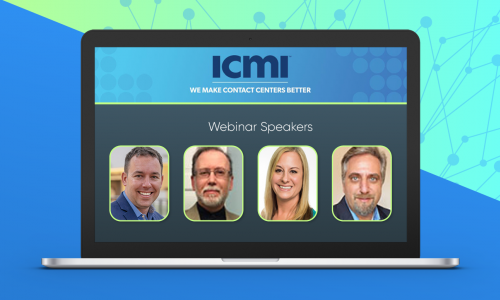“There’s an unfortunate trend among engineers today to load more onto the product during the design process: more data, more features, and more complexity,” Amit said in this The Technology of Us article, “A Higher Calling for Product Design: Emotional Intelligence.”
The dominant paradigm, he added, is often ‘the more the better.’ “As a designer, I believe engineers and designers must focus on simplicity. That requires subtlety—a smaller, cleaner user interface with technological complexity hidden underneath, running quietly in the background,” Amit noted.
Amit’s design philosophy rings true for today’s CIOs and senior IT leaders who need to ask the right questions to engage their business partners and employees in a dialogue to make the experience simpler for their customers. Here are four suggestions to keep in mind when designing your technology user interface:
 1. Define your audience: Don’t get carried away trying to keep up with the competition by mimicking trendy design styles or adding new features. By focusing on your user first, you will be able to understand their problems and create an interface that lets them achieve their goals.
1. Define your audience: Don’t get carried away trying to keep up with the competition by mimicking trendy design styles or adding new features. By focusing on your user first, you will be able to understand their problems and create an interface that lets them achieve their goals.2. Gather feedback: Organizations that have an in-depth understanding of their customers’ issues when navigating a website or technology interface are able to structure their Web self-service experiences to help customers resolve these issues by reaching their goals for the interaction.
3. Prevent information overload: Less is more! Strike a balance between usability and product features. When you’re designing a user interface, keep this simple rule in mind: The fewer options there are, the fewer problems users will experience. When your interface is straightforward and simple, you’ll deal with fewer support tickets and emails.
4. Offer self-service functionality: Directing interactions that are low in complexity but high in volume to Web self-service will result in high self-service rates. Customers will be able to resolve their problems quickly and effectively, and the organization will be able to build the customer relationship while significantly lowering costs.
For technology to move forward, technologists and designers need to collaborate and align. Also, having a fundamental understanding of customers’ issues provides the CIO with the ability to make decisions that prevent unnecessary complexity when implementing any desired technology.
Over the next few years, design’s influence on technology will continue to grow among businesses. Companies that won’t— or don’t — acknowledge this will fade.
To read Gadi Amit's full article, click here.
Like this? Subscribe to our blog here.
Also, check out the most recent issue of our eNewsletter.







